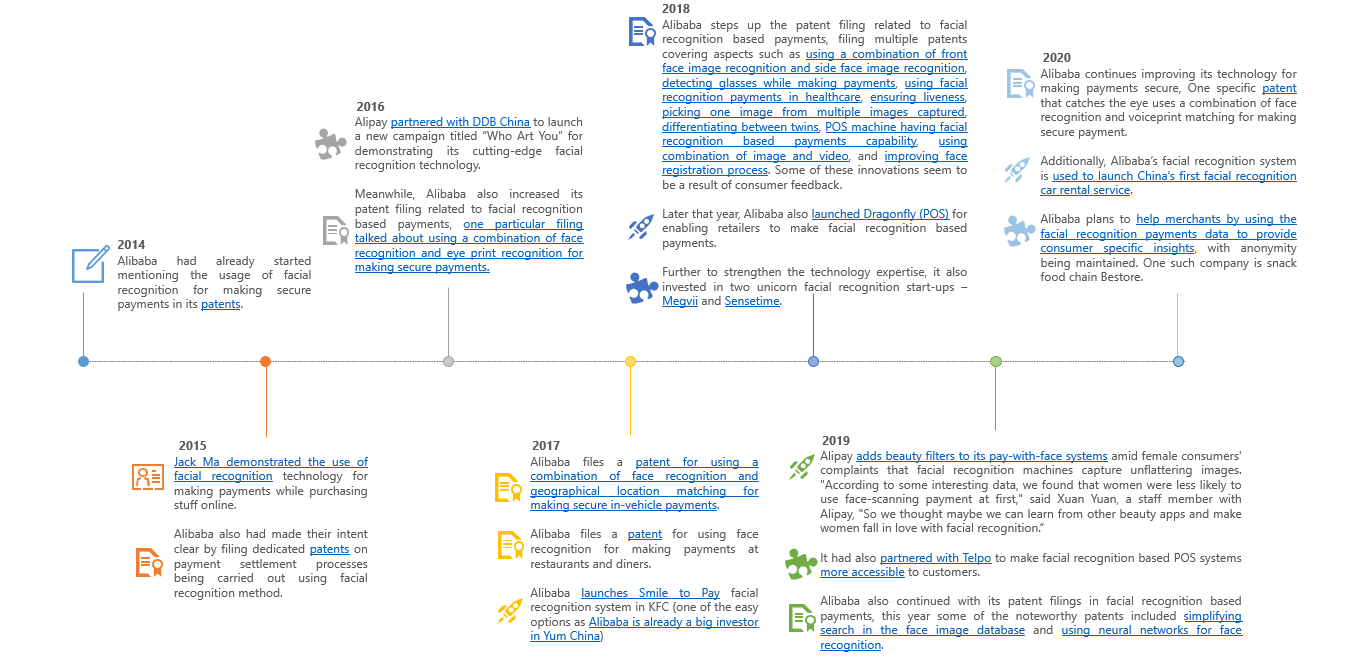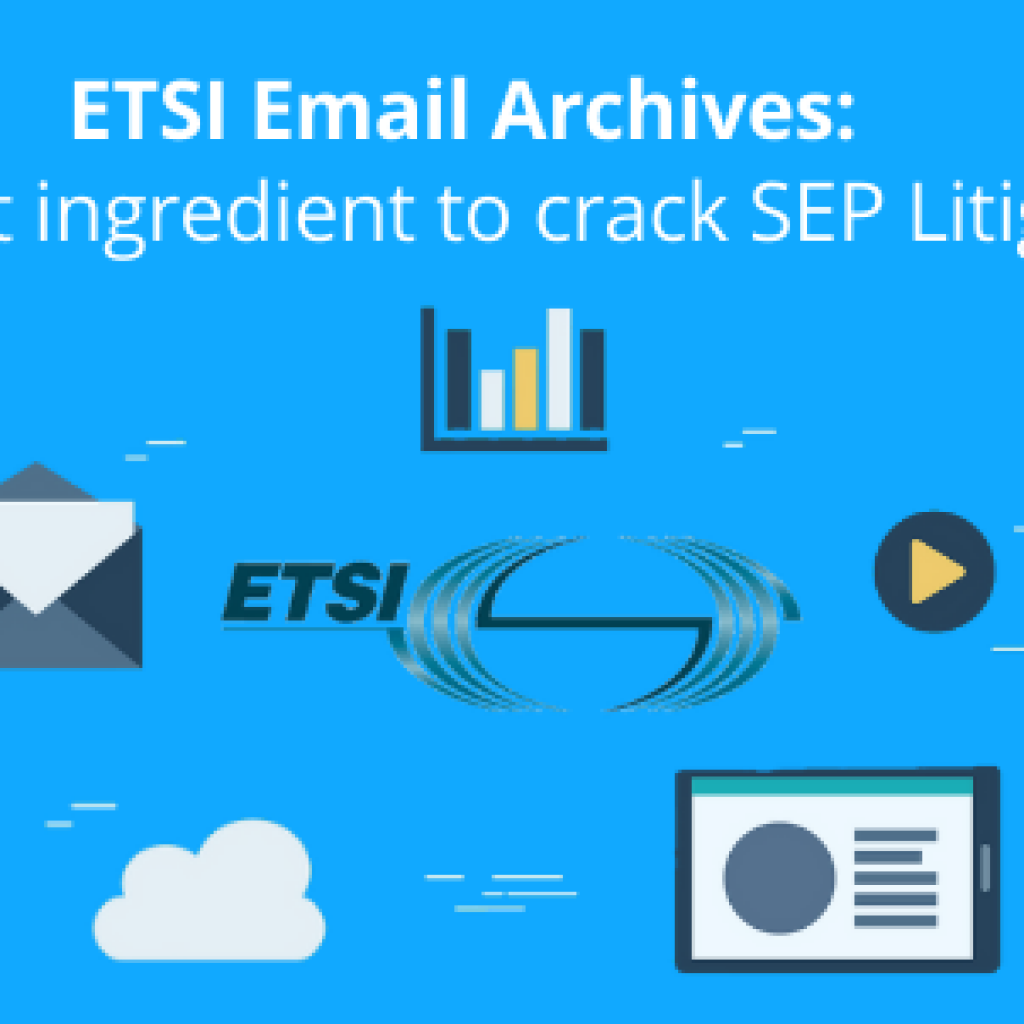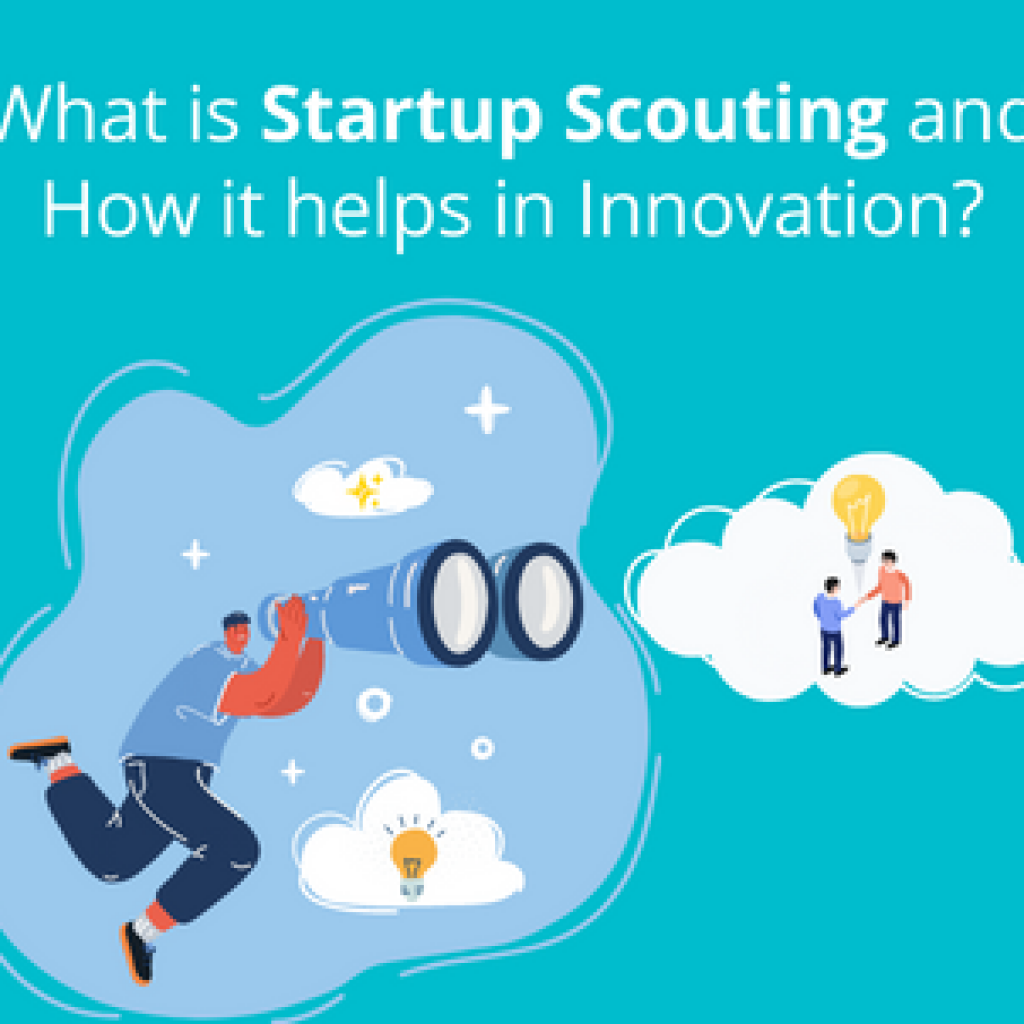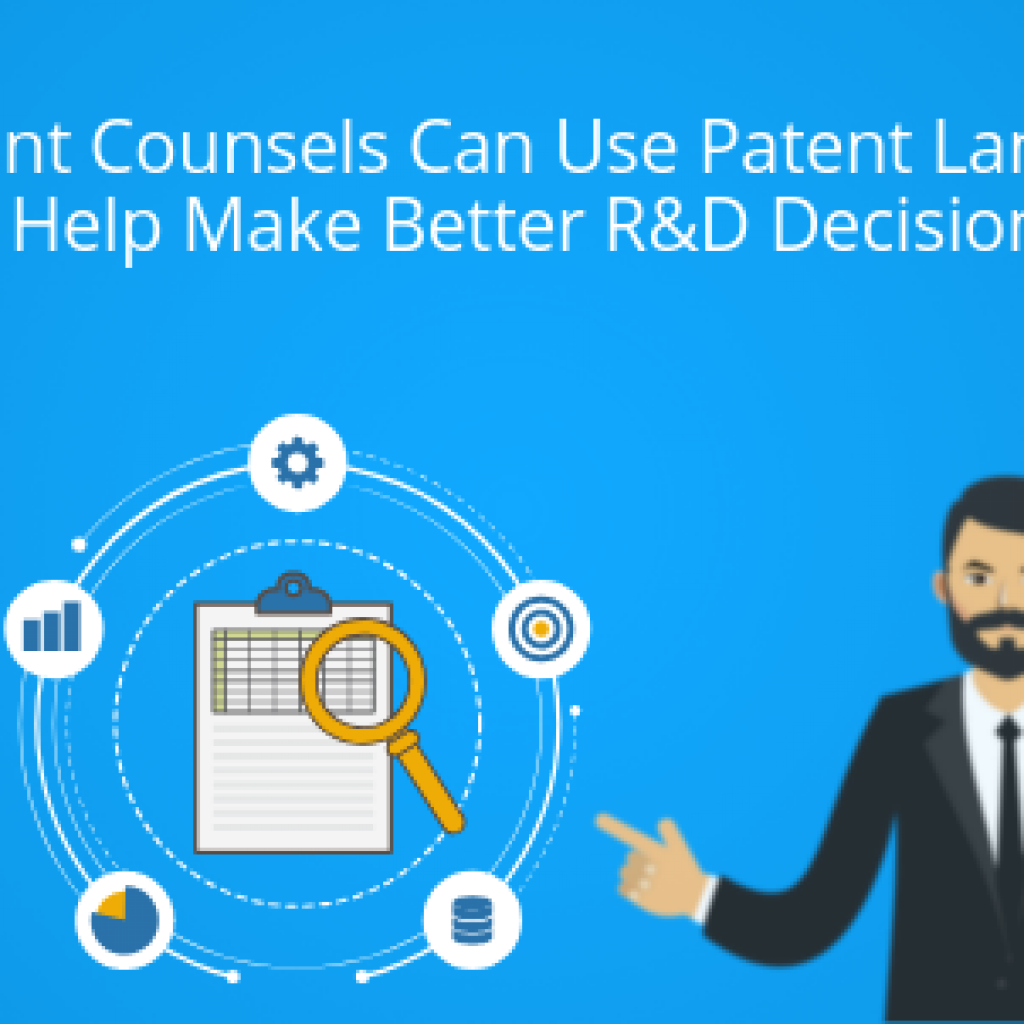Working closely with R&D teams of different organizations has been an insightful journey for us. One of the things that we have learned is that when an R&D team gets stuck in their research or competitive analysis it is mostly because of one of the below-mentioned reasons.
- There is a plethora of literature for any technology/product but a lack of smart navigation systems for studying the same.
- A search using keywords gives top results that talk about the same content rather than giving alternative opinions, pros and cons, history of the technology/product for one to fully understand it.
- There is a lack of websites that explain technologies, their associated aspects, and development in a structured chronological manner.
- Studying the development of a technology/product involves studying different data sources such as patents, scientific papers, market activities, etc., and there is no system that provides this information in an interlinked manner.
- Sometimes there is a cross-industry aspect that can be associated with a technology/product, and exploring cross-industry literature seems a tedious task as the amount of information to be analyzed increases exponentially and there is no smart way to filter the information as per requirement.
If you relate to any of these reasons, then this article is for you.
If you just smirked, grab a cup of joe, for we are about to figure how your R&D team can get over these problems and accelerate their research goals.
How Technology Evolution Timeline can help solve all these problems?
While working with different clients and helping them overcome these problems, we made careful observations and narrowed down two root causes to the above-mentioned problems –
- Lack of time for exploring the humongous amount of literature, cross-industry solutions, and different data sources, and
- Lack of systems, websites, and tools that can help explore all these different data sources in a structured, chronological and varied manner, thus eliminating repeated research and rather providing explanations of technology in a neutral manner.
But what if you can have all this abridged – brief and comprehensive?
Now wouldn’t that make the whole R&D and open innovation initiatives much easier, and provide a unique and neutral perspective to the research at the same time?
This idea led us to the development of something we call the ‘Technology Evolution Timeline’.
A timeline that combines various data sources i.e. patents, scientific papers, market activities, etc. where research corresponding to a particular technology/product might be disclosed, delivering information in a structured, chronological, and varied manner. At the same time, it also helps in laying out the next steps that your team might want to adopt.
To paint a clear picture, let me share a few examples of how it looks like and what type of insights it can deliver.
Amazon: Alexa
Alexa is one of the most successful products of Amazon in recent times. There are a lot of articles on the internet which try to explain the advancements made by Amazon in the space of voice-assistants. For example, this article by Bloomberg beautifully explains the story and strategy behind Alexa’s initial development.
However, what the technology timeline brings to the table is a more structured and chronological portrayal of how Amazon pursued this Echo Project (also known as Project D), what acquisitions were made, what were the key patents, and what is the future for Alexa. A glimpse of the technology timeline has been given below (please note – this is just a glimpse and not the entire timeline.)
Related Read: Alexa, tell me everything I need to know about you.
Now, what are the advantages of developing this sort of timeline –
- It becomes super easy to trace the history and development of various aspects of Alexa.
For example, Christopher Green, the VP of Industrial Design at Amazon Lab126 is one of the inventors common in all the key design patents that Amazon has filed over the years for Alexa/Echo and related devices.
- It can give insight into the strategy of a company for developing a product or expanding the business line.
For example, in the case of Alexa, Amazon has heavily relied on the technical expertise of acquired companies like Yap, Evi, and Ivona. Similarly, it also hired researchers from Nuance Communication for their expertise in speech recognition (Nuance is one of the leading speech recognition companies and was responsible for speech to text conversion capability of Siri).
- Similarly, by tracking patents one can easily figure out how Amazon had been secretive about its technology in the early days with most of the patents related to Echo being filed under Rawles LLC, including the one responsible for the wake word functionality of Alexa. In November of 2015, one year after the launch of Alexa, all these patents were reassigned to Amazon.
Now, when Amazon has its Echo product well established in the market, it is expanding its applications into different segments such as smart homes, automobiles, etc. And again, it is adopting a similar philosophy where it is targeting key companies/startups like Ring, Blink, and SevenRooms.
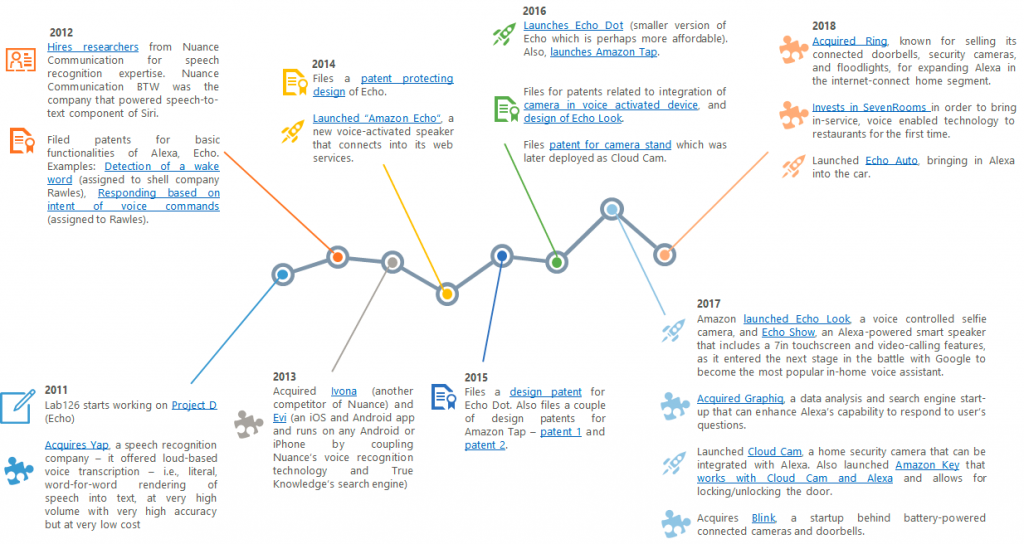 Alibaba: Facial Payment Technology
Alibaba: Facial Payment Technology
Let us take another case to understand how developing these Technology Timelines can be useful.
The first time we heard of facial payment technology was from Jack Ma, the founder of Alibaba in 2015 during a demonstration. However, Alibaba had already filed a few patents before 2015 indicating their interest in facial recognition-based payment systems, which was later launched by them in 2017.
You see that there is some time gap between technology being researched, demonstrated, and commercialized, thus keeping an eye on patents of competitors can help your R&D team get an idea of what is going to happen next in the market. Patents contain substantial information including practical and specific technological content, and technological development trends of firms, and hence patents are a key element of this technology timeline.
Another interesting thing to note here is that Alibaba tested its facial recognition technology via demonstrations as well as via collaborating with companies. Thus, it gained an idea of how viable the technology is, and at the same time, got some consumer responses too. Post that it launched Smile to Pay and then Dragonfly, thereby commercializing the technology.
Further, this technology timeline also tells us that Alibaba is focusing on two aspects:
- strengthening the core facial recognition technology by collaborating with companies like SenseTime and Megvii, and
- solving consumer issues via the addition of beauty filters or research on problems like facial recognition for consumers wearing glasses, for twins, improving the registration process, etc.
Conclusion
The above examples showcase the pattern of events that took place over the years. From the initiation of the research to the launch of the product and further upgrades. A closer look will give away how one can predict what is coming forth by looking at the present activities (partnership, patent filing, etc).
Looking at a Technology Timeline, be it of the complete technology or a specific competitor (as in the above cases), can help your R&D team in planning their research. They would be aware of how to approach the situation at hand, for which problems a collaboration would be required, and where and how they can expand in different application areas.
But most importantly, it solves the problems listed at the starting of the article:
- all the humongous literature to analyze – eliminated,
- all that extra fat – eliminated,
- redundant stuff – eliminated
and what is left will be the key activities, patents, and product launches.
At GreyB it’s in our DNA to conduct investigative research and bring out the important facts, correlate them wherever possible so that strategies of competitors can be unraveled easily and in a simplified manner.
Want to know more about how a technology evolution timeline can save your time and help you accelerate your research? Let’s chat-
Read Next: If you are responsible for the growth of your business, identifying the technology shift at the right time must be your constant thought. So while you are at it, do give a read to our piece on how knowledge of technology shifts can give you the first-mover advantage?
Authored by: Rajesh Agarwal, Landscape and Nidhi, Market Research.


